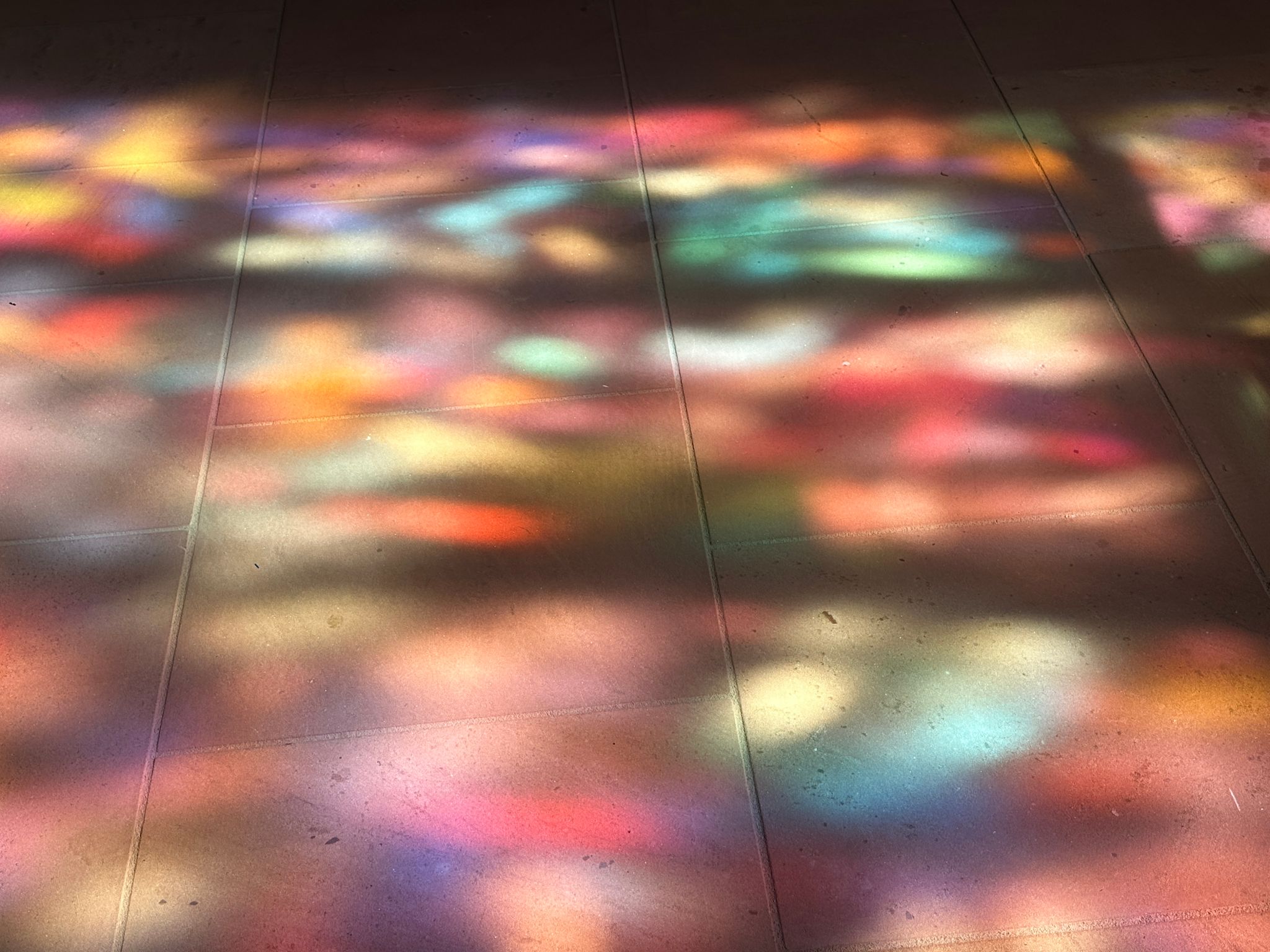The Art of Handcrafted Stained Glass: From Design to Installation
The Timeless Beauty of Stained Glass
The allure of handcrafted stained glass is undeniable. With its vivid colors and intricate designs, it has decorated churches, homes, and public buildings for centuries. Each piece tells a story, capturing the light and transforming spaces into reflections of artistry and skill.

The Design Process: Where Creativity Takes Flight
The creation of a stained glass masterpiece begins with a design. Artisans often draw inspiration from nature, history, or personal anecdotes to craft unique patterns. The design process involves careful planning and sketching, ensuring that each piece of glass will fit perfectly within its leaded framework.
Once a design is chosen, it is usually transferred onto a full-scale cartoon, a detailed drawing that guides the artisan in cutting the glass pieces. This stage demands precision and foresight, as even minor miscalculations can affect the final piece's integrity.
Choosing the Right Glass: A Palette of Possibilities
Selecting glass for a project is akin to an artist choosing paints. The variety of textures and colors available is vast, with each type offering its own unique effect. From translucent hues that allow light to pass through gently to opaque shades that create bold outlines, the choice of glass significantly impacts the final artwork.

Stained glass artisans must also consider the direction and intensity of the light that will illuminate their work. The chosen glass must complement the setting, enhancing its beauty at different times of the day.
The Craft of Cutting and Assembling
Once the design and materials are finalized, the painstaking task of cutting each piece begins. Artisans use specialized tools to score and break the glass along precise lines. It requires a steady hand and immense concentration to ensure each piece matches the design perfectly.
After cutting, the pieces are assembled on a flat surface according to the cartoon. The glass is then joined using lead cames, which are soldered at joints to secure them in place. This stage not only tests technical skills but also patience and attention to detail.

The Final Touch: Installation
Once completed, stained glass pieces are installed in their designated locations. This process can be as simple as hanging a panel or as complex as fitting an entire window. Proper installation is crucial to ensure the artwork is stable and safe for viewing.
For larger projects, scaffolding may be required, and experienced professionals handle this task to guarantee precision and safety. The installation process transforms a static piece into a living part of its environment, interacting with light to create dynamic displays.
Preserving Art Through Conservation
With time, even the most robust stained glass can require maintenance. Conservation involves cleaning, repairing damaged sections, and sometimes reinforcing structural integrity. This ensures that the artwork continues to captivate future generations.
Stained glass conservation is a specialized field that respects the original craftsmanship while introducing modern techniques to preserve its beauty and function.

Conclusion: A Legacy of Light and Color
The art of handcrafted stained glass is a testament to human creativity and skill. From initial design to final installation, each step in its creation is an expression of artistry that transforms simple materials into breathtaking visual experiences.
Whether adorning a grand cathedral or a cozy home, stained glass remains an enduring symbol of beauty, capturing light and imagination in every pane.
